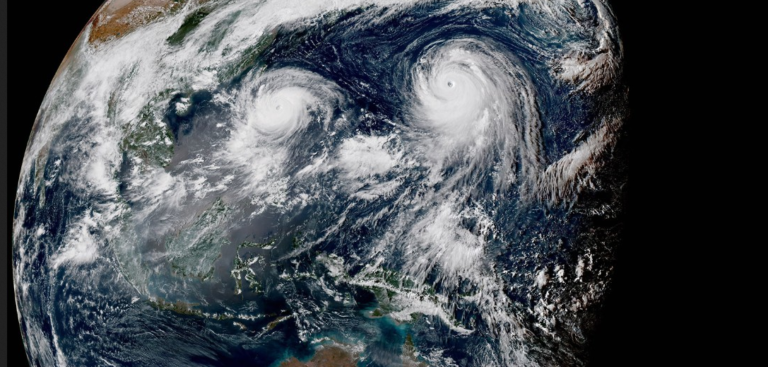The Typhoon Committee, an organizational cooperation between the World Meteorological Organization (WMO) and the United Nations Economic and Social Commission for Asia and the Pacific (UNESCAP), is to hold its 53rd annual session from February 23-25.
Participants from National Meteorological and Hydrological Services (NMHSs) and national Disaster Risk Reduction (DRR) agencies will exchange information on achievements of the past session, review members’ activities, as well as operational and research collaborations, with a focus on reducing the number of lives lost and damage to property caused by tropical cyclones and typhoons.
On top of the disruption and catastrophic impacts caused by Covid-19, the Asia-Pacific region was hit by successive hazards in 2020, including tropical cyclones, floods, droughts, sand and dust storms and heatwaves. A total of 23 named tropical cyclones of tropical storm intensity or above formed over the western North Pacific and the South China Sea.
Building on the success of the Typhoon Committee, the WMO says it continues to work with countries in the region, often in partnership with other United Nations entities, to build greater resilience to such natural disasters that wreak a heavy economic and human toll.
In particular, 2020 saw the WMO and UNESCAP focus on implementing collaborative activities under their memorandum of understanding (MoU). These activities highlight the synergistic benefits that are derived from both organizations’ work on building resilience to climate and disaster risks, and the promotion of impact-based early warning services and systems.
Looking ahead, with its official membership in the United Nations’ Regional Collaborative Platform in Asia and the South-West Pacific, the WMO says it will build on the achievements of 2020 and further expand regional cooperation in the broader context of sustainable development. In 2021, the partnership will continue its critically important mission to build resilience to climate and disaster risk, and promote the social and economic benefits of impact-based early warning services in the Asia-Pacific region.



